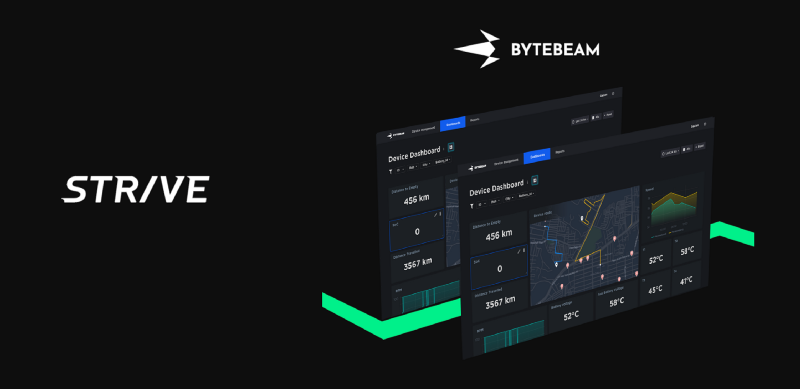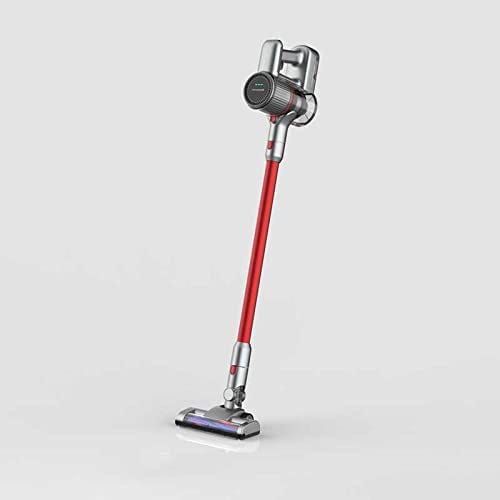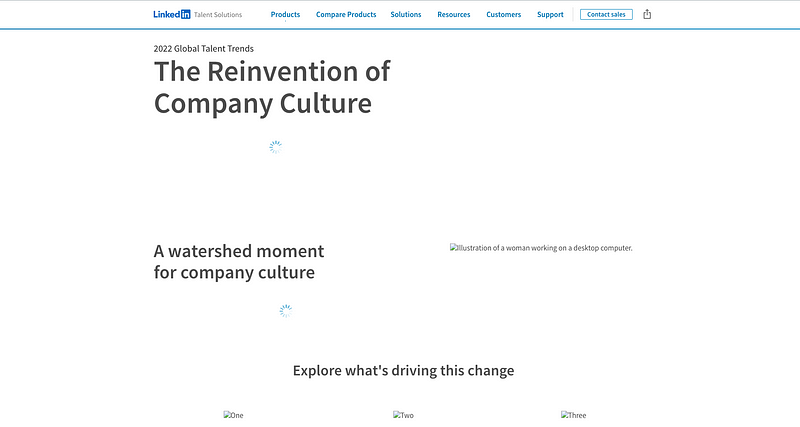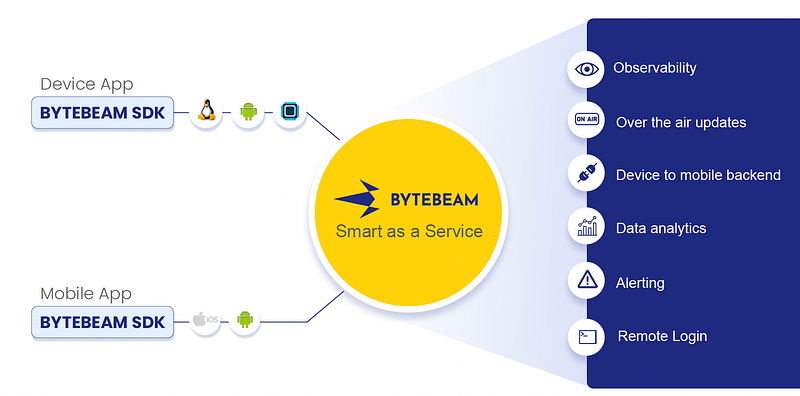Our latest investment into Bytebeam
And the company’s mission to make every device smart

And the company’s mission to make every device smart
It all starts with the People with a Mission.
I was introduced to Gautam by a portfolio founder for whom we have a lot of respect. In his words “Gautam is one of the best Devs I have worked with”. This sort of validation ranks the highest in our opinions, so I went into the meeting excited. I was not disappointed.
The Broken Piece
Like any VC, we like chasing giant markets with BHAGs.
So I asked myself a simple question:
Why is it that my $100 wireless vacuum cleaner, an Airbot Supersonic, does not connect to the internet and my iPhone, and notify me when it needs a new filter? Or that the battery level is at 30% and I should charge it before the next time I take a swing at the carpet?

The answer is not that connecting this device to the internet is hard - that it’s difficult to place a $10 microcontroller and a BLE chip in there. The answer is that managing a seamless infrastructure between the device, the cloud, and the mobile client is hard, and scaling this infrastructure to millions of devices is nigh about impossible for companies that dedicate their engineering bandwidth to hardware, not software.
Why Now?
While markets can be large today or in the future, timing them right is the key to success.
Manufacturers and OEMs find it extremely hard to build a backend infrastructure team today. They tend to attract great hardware/embedded talent but not top-tier software/infra talent. LinkedIn India ranks Site Reliability Engineer or DevOps as #2 and Backend Developer as #11 on the top 15 jobs-on-the-rise report in 2022.
Side joke, LinkedIn’s own website is suffering from poor infra management, see the non-rendering images in the screenshot attached. CDN issues anyone?

As a result of this talent gap, the OEMs and manufacturers of devices tend to limit full cloud connected support only to the most premium segment of their devices, if at all. Imagine facing this, while more and more manufacturers needing to connect their devices to cloud and transform themselves.
Enter Bytebeam
Gautam and his cofounders — Ravi, Bharadwaaj, and Achal met through shared stints together in the past. The most significant of these was leading Engineering, Data, and Embedded divisions for Ather Energy, India’s foremost EV manufacturer.
There, Gautam and his team discovered how tough it is to make devices smart, and keep them smart, while running at scale. Not only do you have to excel on the hardware and embedded software side, you need to be able to build and maintain backend infrastructure and client software, at scale, for devices moving on the field, each with myriad ways and endpoints to connect to the internet. This internet on the edge compounds the scaling challenges typical to an infrastructure — how do you handle patches of low connectivity, dormant connections, packets of missed data, and so on? How do you update the devices over the air, firmware and client? How do you roll out feature upgrades and A/B test product updates?
This is where the dev world needed a simpler way to connect to the devices on the edge, a way to manage all of the infrastructure seamlessly. Companies such as Apple spend billions of dollars in R&D each year to solve this for themselves, but who will solve it for the smaller companies?
Bytebeam has come up with a unified platform to allow device manufacturers to manage all their IoT requirements such as connectivity, cloud backend, over the air updates, authorization, observability, visualization, and bug fixes on a single platform.

How to Distribute?
I have no doubts that the Bytebeam team has built an exceptional product and found early PMF. But the world is riddled with tombstones of companies that found PMF yet could not figure out the right distribution channel. This is where Gautam’s experience and affinity to Open-source shines through.
Open-source can be a natural distribution channel in this market as most of the devs in the IOT world already rely on open-source technologies, starting from Linux to Arduino to Flask, all the way to the cloud compute and storage, and then monitoring in Grafana. OSS also ensures cloud vendor neutrality for the manufacturer. The challenge comes in developers trying to stitch together this stack themselves, hosting, and maintaining it, while ensuring security and data privacy for the end customers. To us, there is a clear gap existing in building a Firebase/Supabase for the IOT segment.
The Wedge in?
While a product’s positioning and distribution might be clear, we always prefer attacking a challenging market with a thin wedge and expanding on it.
Bytebeam is planning to use an MQTT broker as a wedge in because MQTT is the base layer protocol that every IOT developer relies upon for device communication. Currently, the most popular options for a broker are to use either EMQX, an open-source broker built by a Chinese company backed by Hillhouse and GGV, or a cloud provider’s own broker — example AWS IOT.
EMQ has a downside that their headquarters are in China (similar to Clubhouse’s challenge of using Agora and sending data to Chinese servers)— imagine a US device manufacturer potentially exposing customer’s geolocation data to Chinese servers(!) AWS and Azure IOT stacks are cloud specific and don’t allow portability. This, in our opinion, is the possible market gap to explore, create a wedge, and build an overall end-to-end platform around the IOT stack.
Conclusion
What I LOVE about the Bytebeam team, apart from three decades of combined experience working in this space, is that they are building to handle scale from day 1 and thinking of attacking a core part of the dev production stack. While they iterate on the right wedge, continuing to be scrappy, I expect them to scale rapidly once they are confident of their PMF. We have seen this open-core journey at Hasura and Testsigma before, and are happy to work with the team on our learnings.
I am excited for the decade of smart devices and playing a small role in it.
